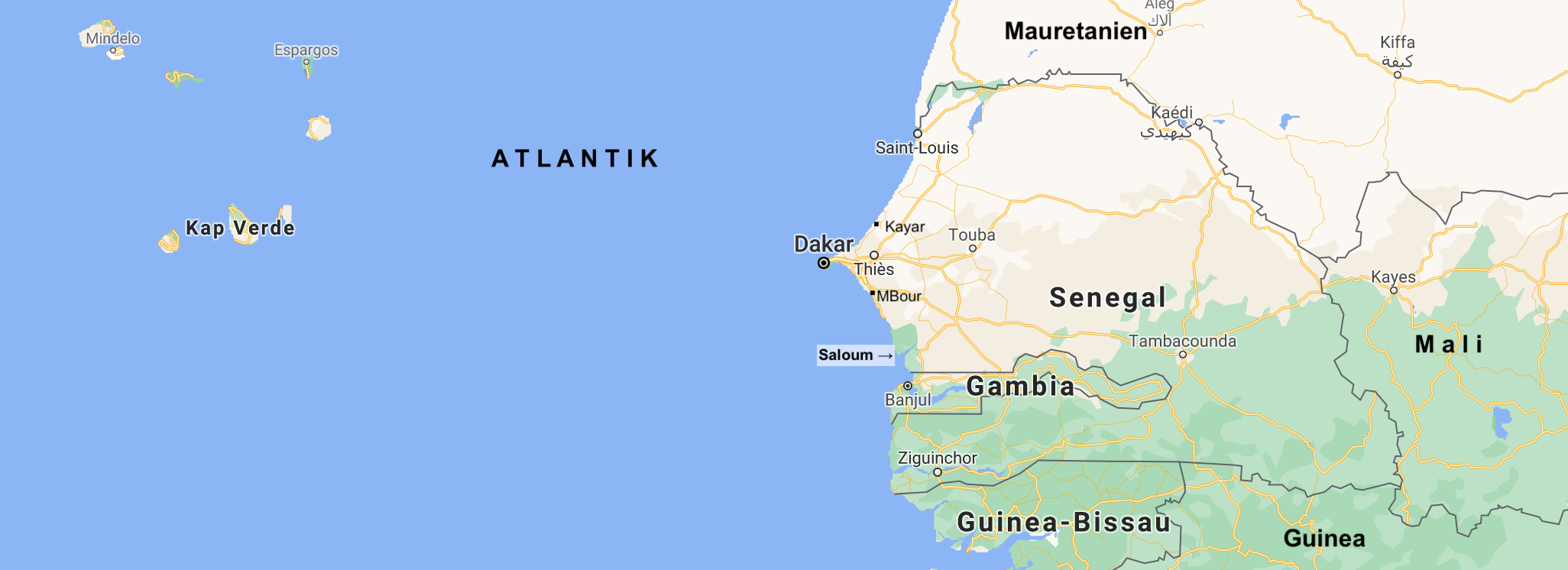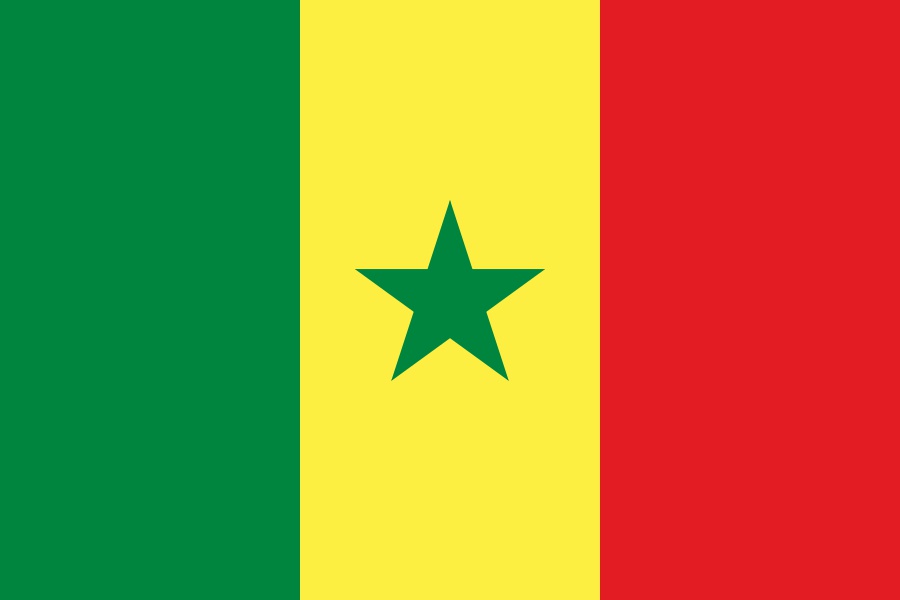
Senegal, once rich in fish
The westernmost country in Africa is not rich in mineral resources. The phosphate deposits were plundered during the French colonisation. At the same time, forests and farmland had to make way for large peanut plantations; but palm oil has long been more in demand than peanut oil. Remained the fish, lots of fish.
The republic, which became independent in 1960, was left with fishing and tourism. The latter collapsed after 9/11; holidays were less in demand even in a country inhabited by predominantly liberal Muslims. The fish, on the other hand, is still so sought after in Europe that local fishermen along the 700-kilometre coastline, once famous for its abundance of fish, are bringing home less and less.
For many people employed in fishing, there are hardly any alternatives in the less industrialised country. Not even in agriculture: the progressive Sahelisation has driven many small farmers from their withering fields to the coast in the hope of being able to survive with fishing.
This was the situation we encountered in 2004 when we started our project with artisanal fishermen. Since then, the situation has become even worse; the plundering of fish stocks is driving many fishermen into emigration.
